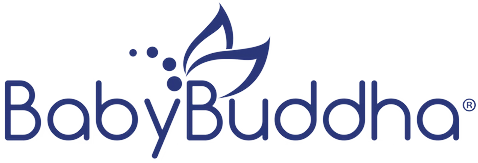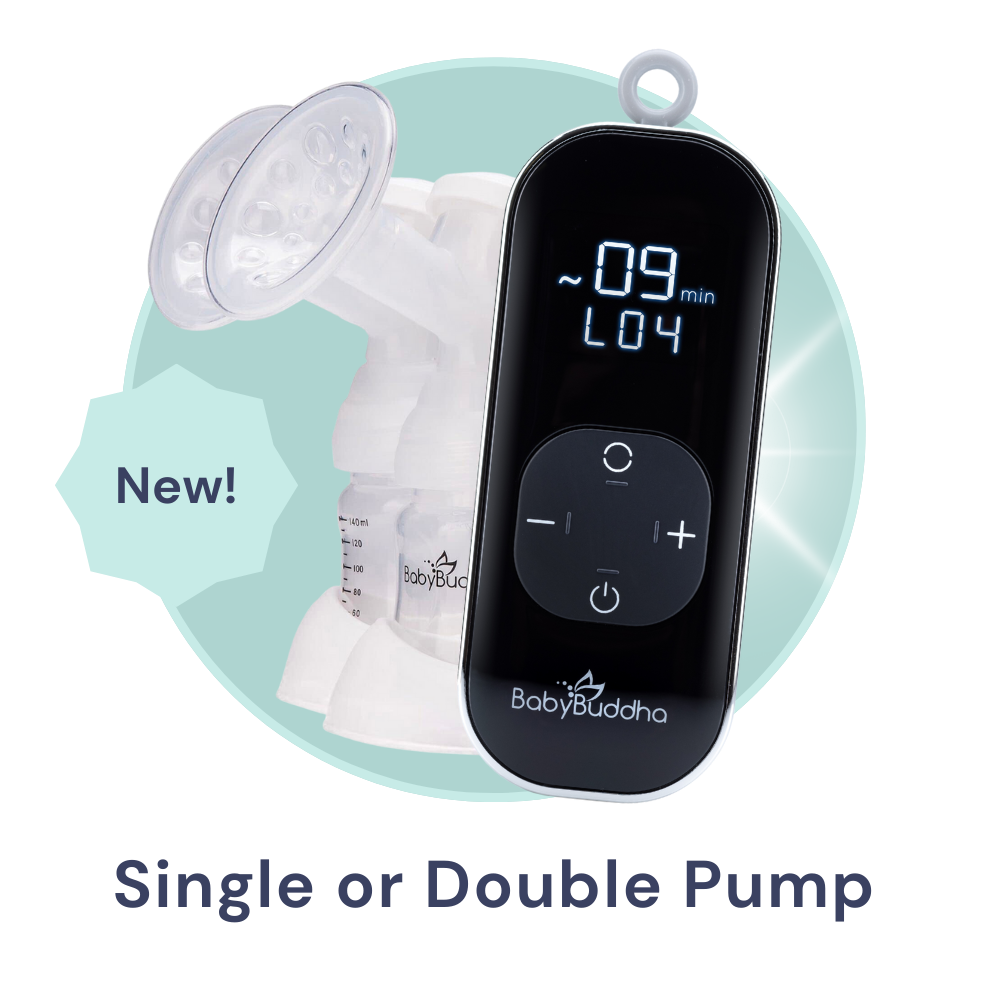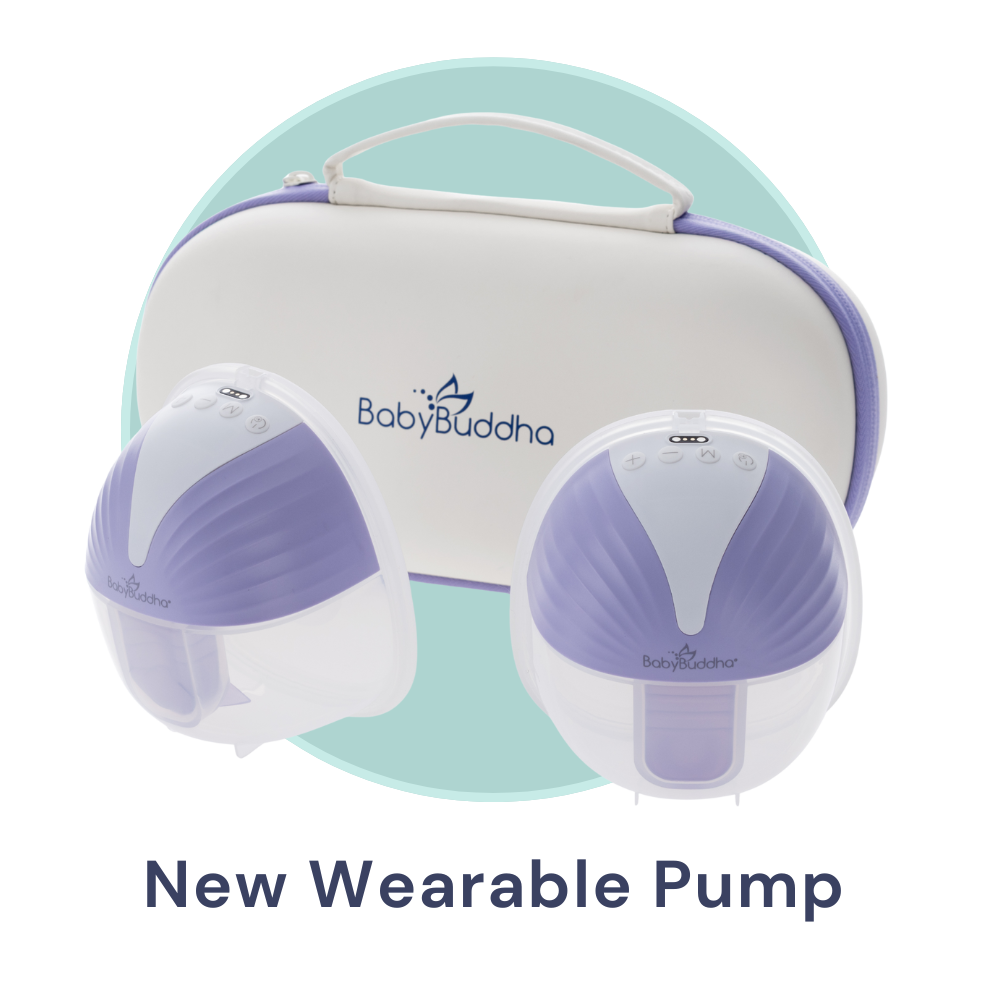Hi, Beautiful Warrior!
Moms-to-be tend to have a birth plan, a picture of how they want their story to pan out. But oftentimes (more often than you might think), birth doesn’t go according to plan, and that’s ok.
You’re strong, and we’re here to help lighten the load.
And we know – the internet can be a tough place to navigate when you’re looking for reliable information, especially in times of unease.
So we had Paula, our resident Pumpologist, put the most important stuff about the first ten days of feeding a premature infant—any infant born before 37 weeks gestation—right here. Whether you’re prepping for the possibility of an early arrival or already in the thick of doing the work, we’ve got you.
The first ten days in any feeding journey are critical to long term success. If you have an infant who showed up early, there can be a lot to think about. But it’s important to note that if you ultimately plan to breastfeed, you’ll want to start expressing milk, early and often, as circumstances allow.
Here are some of the top things to consider about pumping for a premature baby:
-
In the beginning, it will feel like you’re not producing enough milk. You are! Keep going.
Premature infants are typically born without sufficient brown fat to burn until mom’s milk comes in, so they require a larger caloric intake than a full-term baby in the early days. This is where donor milk can bridge the gap until mom’s supply is established.
With consistent stimulation, odds are that your supply will catch up.
-
As Paula likes to say “milk production works off of a demand and supply system.”
Not supply & demand – the opposite. If we aren’t stimulating mom’s breasts, it signals to the body pretty quickly that there is no need to make more milk.
In the early days of exclusive pumping, it’s important to remove milk 10-12 times per day to maximize supply long term. Yep! That’s every 2ish hours. 😮💨 Sounds exhausting, we know. But…
-
Skipping sessions or going too long between them can negatively impact supply down the road.
Maybe you go four hours between pump sessions and notice you’ve yielded a higher volume. Sadly that higher yield will be temporary if your body believes it can get away with making less milk.
-
Pumps are incredibly useful tools. They’re also not your warm, delicious baby. Touching your little one is important to optimize milk production.
Skin-to-skin contact—in whatever capacity it’s available—will increase oxytocin, reduce stress, and improve milk production. If you can snuggle your baby, you should. If you can pump in the room near your baby, you should! Talk to hospital staff about your options. It’s statistically proven that even just a few minutes of having your hands on your baby will help increase your output.
-
And finally, be patient with yourself. Give yourself grace. Take care of YOU.
Becoming a mother is a beautiful thing, but it also rocks your world, especially when things don’t go according to plan. There’s a tendency to put mom to work, and we acknowledge—you have a lot to do!
But your number one job is taking care of you. Seek out the necessary support to enable you to show up at your best for your little one.
Of course, if you’re ever worried something might not be quite right with feeding, it can never hurt to reach out to an IBCLC (did you know six visits are covered by health insurance and BabyBuddha has a lactation team on staff?!)
Follow along with all of our Pumpologist posts to keep learning. ✨We’ve got you!








